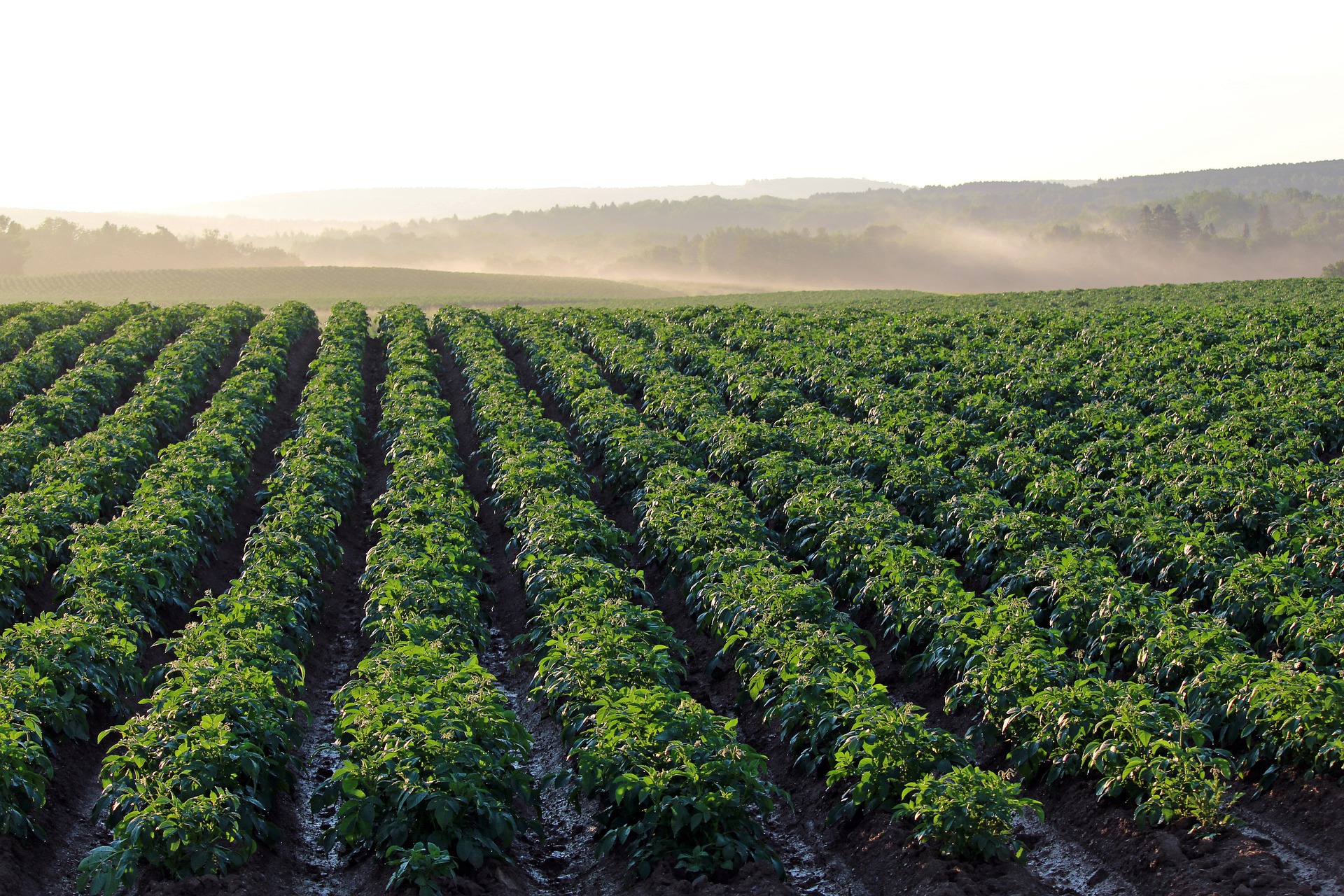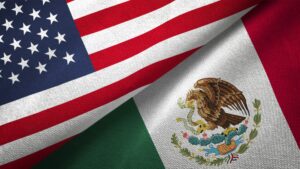National Potato Council Summer Meeting reveals key issues facing the American potato industry.
Geopolitical turmoil, global changes, trade issues and politics have all impacted the American potato industry over the past year and will continue to do so into the second half of 2022. Growers from across the United States gathered in Nashville, Tenn. for the National Potato Council (NPC) Summer Meeting on June 16, 2022, to discuss public policy and organizational updates.
Trade Issues with Mexico
The 25-year-long trade dispute with Mexico has dragged on due to circumstances out of the U.S.’ control, such as the Mexican legal system. While the border has successfully opened for the U.S. potato market, the process was anything but simple.
“We had to generate leverage within Mexico to accelerate that process. We also needed to have significant political pressure from the U.S. government going on to Mexico. So, it was kind of a twofold deal,” explains Kam Quarles, CEO of the NPC, during a presentation at the conference. “We basically just wrapped ourselves up with the Mexican avocado industry. We got very public, very aggressive, very fast. We said, ‘You are going to sink or swim with us.’ You want expanded access to the United States? You will not get it. We will fight you as hard as we possibly can to make sure you never have that until our issue is solved.”
Despite the previous restriction to the 26 km border region, Mexico was the second-largest market for fresh potato exports in 2021, accounting for 124,449 metric tons valued at $60 million last year. The U.S. potato industry estimates that access to the entire country for fresh U.S. potatoes will provide a market potential of $250 million per year, in five years.
Inflation for Farmers
Farm production expenses have increased 6% in 2022, following a 12% increase in 2021, according to the American Farm Bureau Federation and Jessica Schulken, principal at the Russell Group. The rate of inflation has made it increasingly difficult for growers to budget accordingly.
“In the past, we’ve always been able to budget and be fairly close on what those input costs are. But in today’s environment, with the rate of inflation going at such an astronomical rate, that makes it super difficult. We are getting caught off guard a lot of times on things that we think are going to cost a certain thing, and really costs a lot more than that,” Jared Balcom, president of NPC, says during an interview at the conference.
“We’re having to be very nimble and adjust how we grow crops and how we do different things. It’s not just inputs on crops. Everything’s getting super expensive and so it’s becoming very, very challenging for us to navigate that on a daily basis.”
The New Farm Bill
One component that directly impacts the U.S. industry, specifically with trade, is the upcoming Farm Bill. The bill is up for reauthorization next year and includes all the USDA’s major programs such as nutrition, farm programs, conservation, trade and research. The last Farm Bill cost $867 billion.
While funding from the bill is essential to reach goals in the potato industry, oftentimes it is difficult to convince officials in Washington D.C. that American growers need the money.
“It’s all about the math, trying to engage a huge number of House districts that have no relation to production agriculture or maybe just a tiny passing relationship to production agriculture. It’s really hard to convince those members sitting in the middle of cities why they need to spend time and a significant amount of money funding production agriculture,” shares Quarles.
There has been a massive turnover on the House of Agriculture Committee since the 2014 Farm Bill, with 37 of the 49 Committee members new to the position.
“There’s an opportunity there to educate these people and get in early and make sure that they hear about your issues first. But it’s also a little bit of a risky proposition, especially when you consider that change between urban and rural districts and what the make-up of the committee is and how many people come from places that don’t necessarily represent farm country,” Schulken explains during a presentation at the conference.
What Does this Mean for the Potato Industry?
The new Farm Bill and potential future funds will directly impact the trade dispute between the U.S. and Mexico, believes Quarles.
“We have a great legal and regulatory team in Mexico. They are paid for substantially by multiple grants from the Foreign Agricultural Service. That grant is authorized by the Farm Bill,” he says. “Back in 2018, the Farm Bill language said those grants can only go on for five years. So, we went in and changed the law in the 2018 Farm Bill to allow the grants to go beyond that. Why does it matter? Our fifth year of using that grant was in 2019. It’s 2022. We still have a legal and regulatory team pushing career interests to get into Mexico. We would have none of that money if we hadn’t changed the Farm Bill.”
The trade dispute with Mexico is far from over, and representatives in the industry are prepared to stand their grand to continue exporting potatoes. “I don’t think the question is whether or not there are some games that are going to get played in the future. It’s how the Mexican government reacts to those games. And then in turn, if it’s a poor reaction, how the Department of Agriculture will respond to Mexico,” concludes Quarles.
Read More About Potatoes:
Are Diploid Varieties the Future of Potatoes?
True Potato Seeds Could Feed the World
Genome Reconstruction Opens Doors to the Transformation of Potato Breeding












